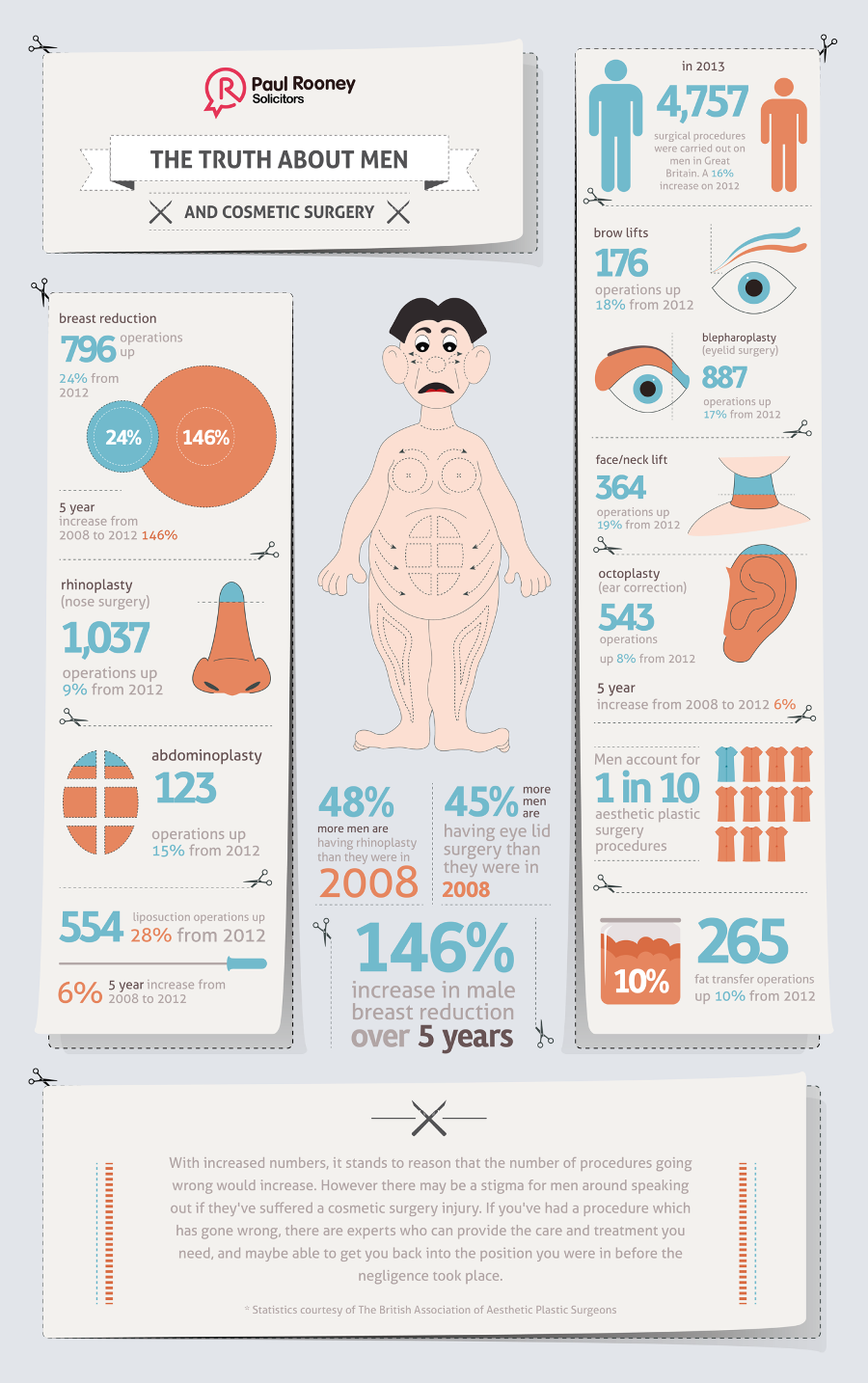Social Challenges Of Having Acne
Social Challenges Of Having Acne
Blog Article
Hormonal Acne - What is Hormone Acne?
Hormonal acne is defined by clogged pores and oily skin that typically shows up on the chin and jawline. It takes place when hormonal changes trigger swelling and bacterial overgrowth within hair follicles.
Outbreaks might look like whiteheads, blackheads, papules or pustules and cysts or nodules in more severe situations. It is a lot more usual in teenagers experiencing the age of puberty yet can affect adults of any age.
What Triggers Hormonal Acne?
While acne can be triggered by a range of aspects, consisting of utilizing hair and skin treatment items that aren't oil-free or made with components that can obstruct pores, hereditary proneness, diet regimen,2 and stress and anxiety, the origin is fluctuating hormonal agents. Hormone acne takes place when the body experiences hormone adjustments and variations that bring about an overflow of sebum, which creates swelling, increased development of germs and modifications in skin cell activity.
Hormonal acne is typically discovered on the lower jawline, cheeks and neck but can show up anywhere on the body. It is identified by imperfections that are cystic, painful and filled with pus or various other product. It is additionally more probable to take place in females than guys, particularly during adolescence, the menstrual cycle, pregnancy or menopause.
Age
While many kids experience acne at some time throughout the age of puberty, it can remain to pester adults well into adulthood. Known as hormone acne, this kind of outbreak is connected to changes in hormones and is typically most usual in females.
Hormone acne happens when oil glands produce too much sebum, which obstructs pores and catches dead skin cells. This causes the formation of blemishes, such as whiteheads, blackheads and papules, pustules, cysts or blemishes, deep under the surface area.
This kind of blemish frequently causes discomfort, soreness and inflammation. It may additionally be intermittent and appear around the same time every month, such as right prior to your period starts. This is due to the website fact that degrees of female hormones like progesterone and oestrogen rise and fall with each menstruation.
Menstrual Cycle
Hormonal acne commonly shows up in the lower part of your face, along the jawline and cheeks, as whiteheads, blackheads or inflammatory pimples (acnes and cysts). It's probably to appear around the moment when your menstruation changes.
Specifically around ovulation, when estrogen and progesterone degrees are on the rise, hormonal agent changes can cause outbreaks. However it's also feasible to obtain acne at any type of factor throughout your 28-day menstrual cycle.
If you notice that your hormone acne flares up right prior to your duration, try seeing when precisely this happens and see if it connects to the stages of your 28-day menstrual cycle. This will certainly assist you pinpoint the origin of your skin difficulties. For example, you might want to work with stabilizing your blood sugar and eliminating high-sugar foods, or consider a prescription drug like spironolactone that can control your hormones.
Maternity
Growing a baby is a time of remarkable hormonal adjustments. For numerous females, this consists of a flare-up of hormonal acne. This sort of breakout typically starts in the first trimester, around week 6. It's brought on by hormone surges that promote sebaceous glands to make even more oil, which can clog pores and trigger more germs to build up.
Outbreaks may additionally happen as a result of pre-existing problems like polycystic ovary syndrome, which can additionally be a problem while pregnant and menopause. Also, some sorts of birth control pills (such as Ortho Tri-Cyclen and YAZ) can cause hormonal acne in some females.
Fortunately, the majority of acne treatments are "no-go" for expectant women (consisting of popular acne-fighting components such as isotretinoin and spironolactone). But if you can not stay clear of those bothersome bumps, your medical professional may suggest oral erythromycin or cephalexin, which are secure during pregnancy.
Menopause
As ladies approach menopause, the estrogen levels that created their hormonal agent acne to flare up throughout puberty begin to maintain and decrease. At the same time, nevertheless, a spike in androgens (also referred to as male hormonal agents) occurs since these hormonal agents can't be exchanged estrogen as properly as before.
The extra of androgens can trigger oil production by the sweat glands, which obstructs pores. When the blocked pores come to be inflamed and inflamed, an acne types.
Hormone acne is typically seen on the face, especially around the chin and jawline, yet it can occur on the neck, back, shoulders, or breast. This sort of acne tends to flare up in an intermittent pattern, similar to the menstrual cycle. Anxiety, which increases cortisol and throws hormonal agents out of equilibrium, also adds to the outbreaks.